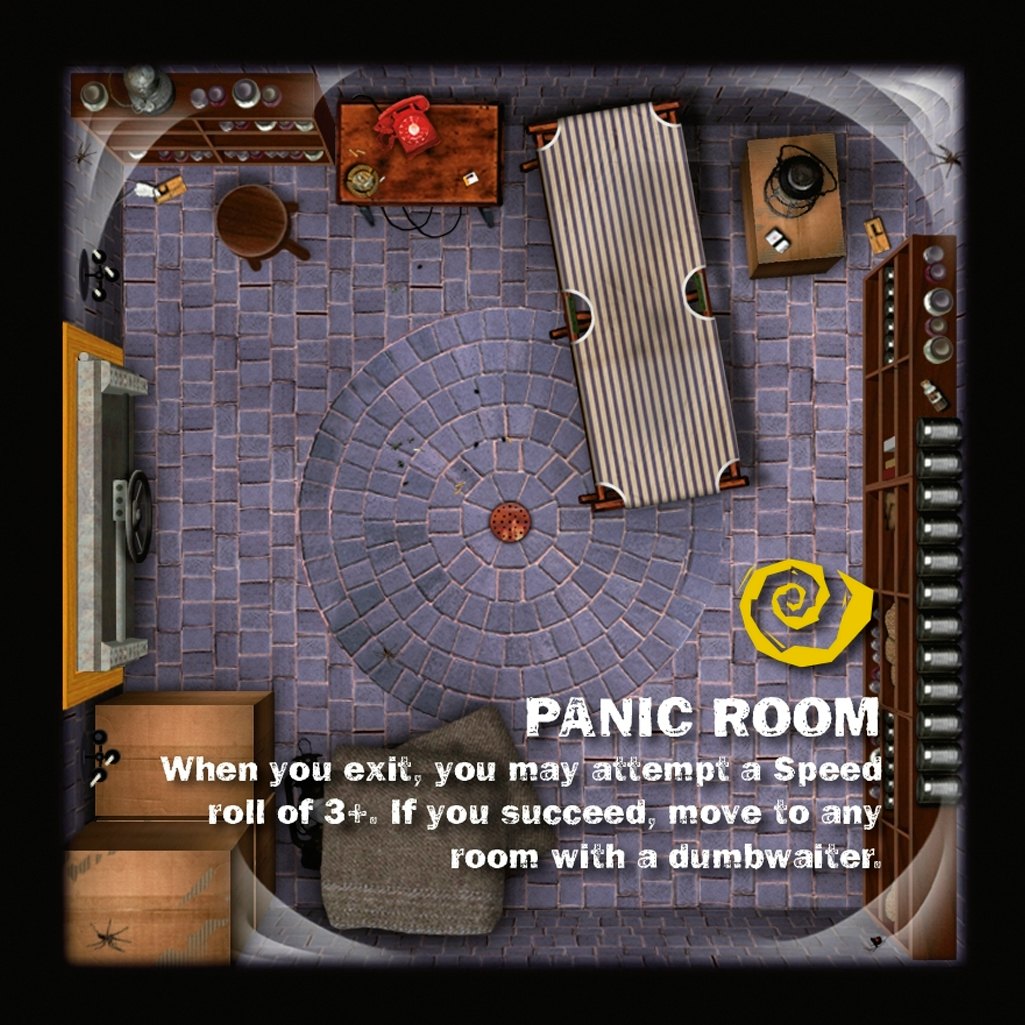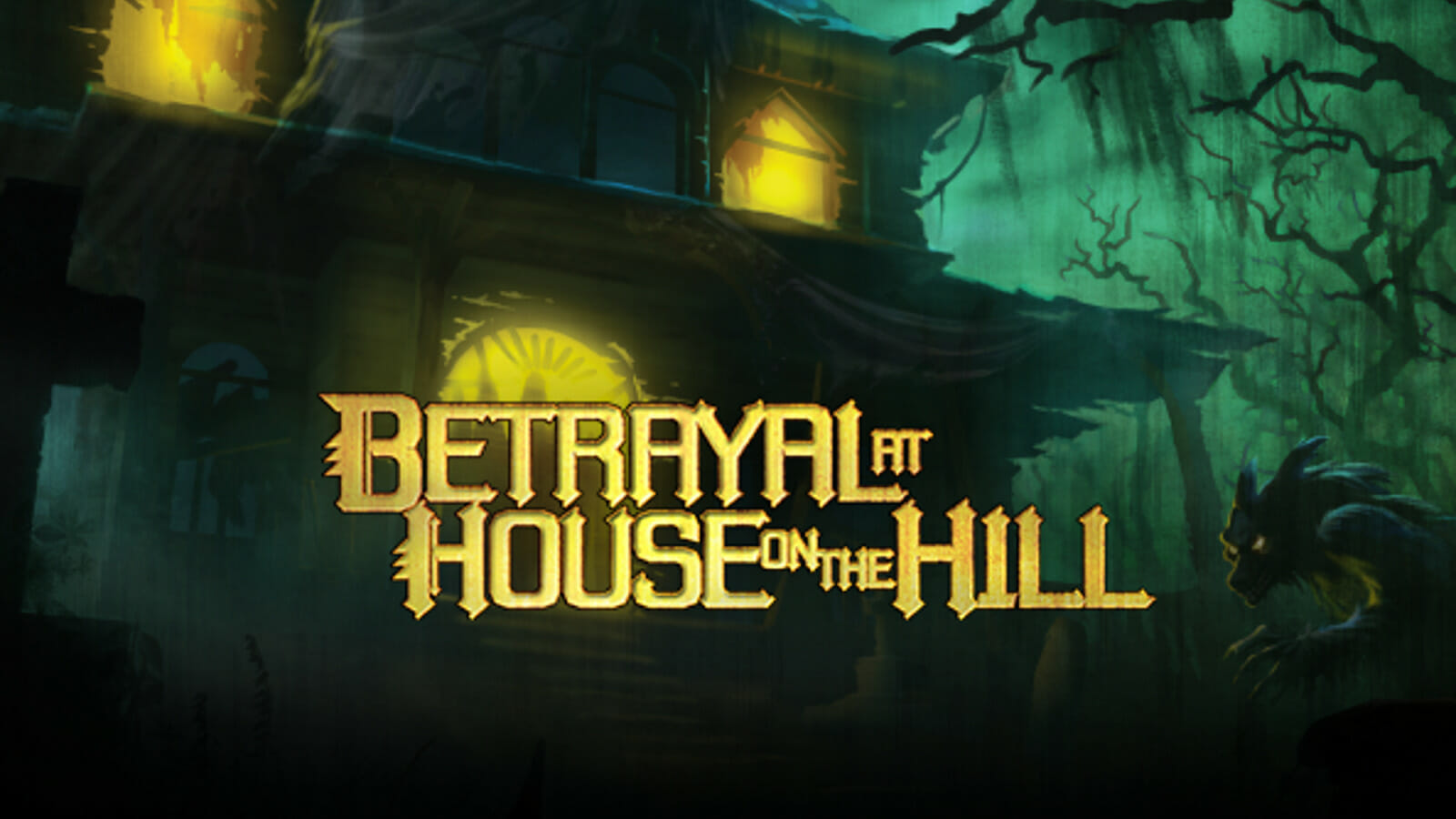
There are over 50 different haunts included in Betrayal at House on the Hill, not counting the game's expansion Widow's Walk, which means that there are quite a lot of different gameplay mechanics. However, if Betrayal has a distinct weakness, besides the quality of its miniatures, it's the game's difficulty balancing.

The general rule of haunts in Betrayal at House on the Hill is that the traitor is given some sort of advantage - whether that's allies, a new ability or some outside force to aid them - whilst the survivors are counting on their superior numbers to carry them through. At the same time, the remaining survivors read and discuss their instructions in the Secrets of Survival book, which explains what they will need to do in order to win. When this happens, the traitorous player must leave the room and sequester themselves away in order to read the instructions within the Traitor's Tome. Depending on how the haunt was triggered, one of the players in the party decides that they'd rather turn on their friends and attempt to do some pretty nasty things to them - whether they'd secretly been planning this for years, or because a portal to hell has opened up and they rather fancy sending someone down there. Whilst some haunts in the game are entirely cooperative, the majority of scenarios involve the players splitting into opposing teams of survivors and a traitor. The haunts in Betrayal don't only change the pacing of the game from explorative to objective-focused - they're capable of altering the entire dynamic of the player group as well. They range from classic monster-movie fare, such as an undead mummy or a nest of giant spiders, to scenarios involving angry ghosts and even weirder stuff like the sudden appearance of a dragon. In Betrayal, haunts are essentially the storyline for that current playthrough of the game. Should the player roll under the number of omen cards currently in play using the game's unique dice (they only go up to two pips and they have multiple blank sides), a haunt event is triggered. Though the initial turns of the game are fairly straightforward as players gradually uncover more of the house and encounter various frightening happenings, it's the second half of Betrayal where things really kick into gear.Įvery time that somebody enters a room containing an omen they must take a corresponding card and read it aloud - preferably in a spooky voice - before placing it in front of them and performing a haunt roll.

Players assume the roles of characters typically found in a horror story - such as the plucky young child, the mysterious fortune teller, the brave himbo - who have decided to investigate the titular house, only to discover that it is just as cursed and haunted as they'd been warned.

The game takes its derivative setting fully in its stride and encourages players to revel in its incredibly goofy nature, like an old ghost train ride on a pier in Skegness. Taking place at a suitably creepy manor house, Betrayal at House on the Hill is a board game that celebrates the most recognisable horror tropes in history, from teenagers exploring a dilapidated house to ghosts haunting a graveyard. If you imagine the entire back catalogue of Hammer Horror films and every episode of The Twilight Zone combined into a single interactive experience, you've effectively described the experience of playing Betrayal at House on the Hill.
#Betrayal at house on haunted hill expansion series#
Dicebreaker Recommends is a series of monthly board game, RPG and other tabletop recommendations from our friends at our sibling site, Dicebreaker.


 0 kommentar(er)
0 kommentar(er)
